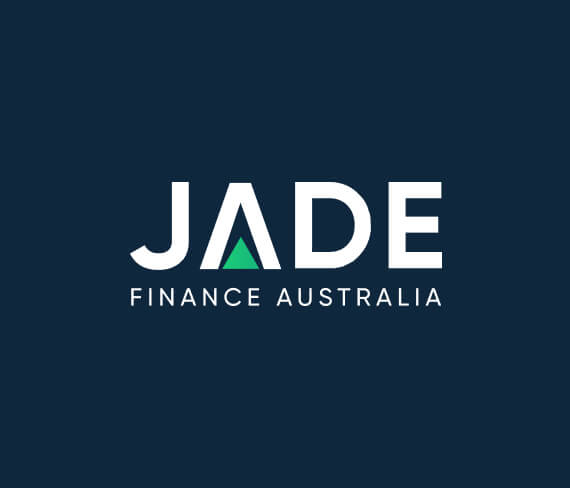The November CPI data was released by the Australian Bureau of Statistics (ABS) last week and the figures reveal another rise in inflation. This comes only weeks from the first Reserve Bank of Australia (RBA) Board meeting for 2022 where the first interest rates decision for the year will be made. Rising inflation has been the key reason for interest rates rises over 2022 and the latest rise may indicate that further rate rises are required by the RBA.
For those considering buying new goods with finance in the near future, this latest data could be reason to move more quickly and secure current cheaper interest rates if the RBA and then lenders do announce rate rises.
The November inflation data sees a 0.4% rise over the October result. In October, the rate actually fell by 0.4% to 6.9%. That has now crept up again to 7.3%. Still below the RBA outlook for inflation to peak in the 2022 data at 8%. The latest data release is for the period ending November 2022. The December data is still to be reported.
To provide insight into the RBA Board decisions, at its meeting in early December, the Board discussed a number of alternative courses for interest rates. One was to proceed in a consistent way with another 0.25% rise. This was the course that was decided. But also discussed was announcing a much larger increase of 0.5%. The same as some of the earlier 2022 hikes. In addition, and in welcome news for those considering applying for finance, the option of halting or pausing rate rises and leaving the cash rate at its current level was also discussed.
RBA Governor Philip Lowe, in remarks after that meeting, said many options were on the table. But the statement also says that the Board is pursuing its objective to reduce inflation over time and that further increases were expected to be required.
November CPI Data
So what exactly is driving inflation? The main contributing factors are detailed in the ABS announcement of 11 January. As noted, the CPI rose to 7.3% for the year to the end of November. Ms Marquardt from the ABS said that the movement of figures assessed on an annual basis indicates the ongoing presence of inflationary conditions.
The main contributing sectors continue to be food and non-alcoholic drinks, housing including new dwellings, transport, recreational and cultural activities and equipment for the household including items such as furniture.
The new dwelling area posted an 18.9% increase in yearly figures. This is attributed to higher costs for specifics such as materials as well as labour. It was noted by Ms Marquardt however that the growth rate in this sector showed an easing from October’s 20.4%.
The good and beverage area is still recording high prices as a result of high operating expenses including labour and the supply issues resulting from weather events such as the devastating flood situation in eastern states. With the return of the fuel excise has come higher auto fuel prices as was to be expected.
The holiday sector which includes travel and accommodation, unusually increased in the November period. A 4.3% rise was recorded when usually there would be a decrease at this time of year being after the busier school holidays. The reasons provided for this were higher costs for jet fuel as well as the high demand for travel in this post-pandemic period.
This latest data release covers inflation for 2022 for the November reporting period. The next set of figures to be reported may hold the fate for interest rates. On January 25th, the ABS is due to release the inflation figures for December 2022 as well as the December quarter. The December quarter data was mentioned in a recent RBA statement as being significant as the figures would include power and electricity price movements.
The RBA Board meets on Tuesday 7 February to make a decision on the cash rate. A decision that may have impacts across lending sectors with interest rates changes.
Interest Rates Prospects
The prospects for interest rates in regard to RBA decisions is uncertain. Governor Lowe does not tend to make remarks in regard to future decisions as the Board makes its decisions based on the data which is available at the time of each meeting.
The RBA has shown it is considering multiple options and is not following any pre-established plan in regard to cash rate decisions. Possibly the only option that could be ruled out is a cut to interest rates.
For those looking to apply for finance, the key objective will remain the same – to source the cheapest car finance interest rates. As can be seen, when using a Personal Finance Calculator, the interest rate is integral to the repayments and the total interest payable over the loan term. This essentially determines how much the car, boat, motorbike, caravan, truck or business equipment actually costs. With costs clearly increasing in many areas, keeping loan repayments to a minimum may be essential to keeping the household or business budget on track.
Contact Jade Finance 1300 000 008 for cheaper interest rates loans and finance.
DISCLAIMER: NO LIABILITY IS ACCEPTED IF ERRORS OR MISREPRESENTATIONS ARE FOUND IN THIS ARTICLE. THE ARTICLE IS PREPARED AND PRESENTED FOR GENERAL INFORMATIVE PURPOSES AND IS NOT INTENDED TO BE THE SOLE SOURCE OF INFORMATION FOR MAKING FINANCIAL DECISIONS. THOSE REQUIRING GUIDANCE AND ADVICE SHOULD CONSULT A FINANCIAL ADVISOR.
